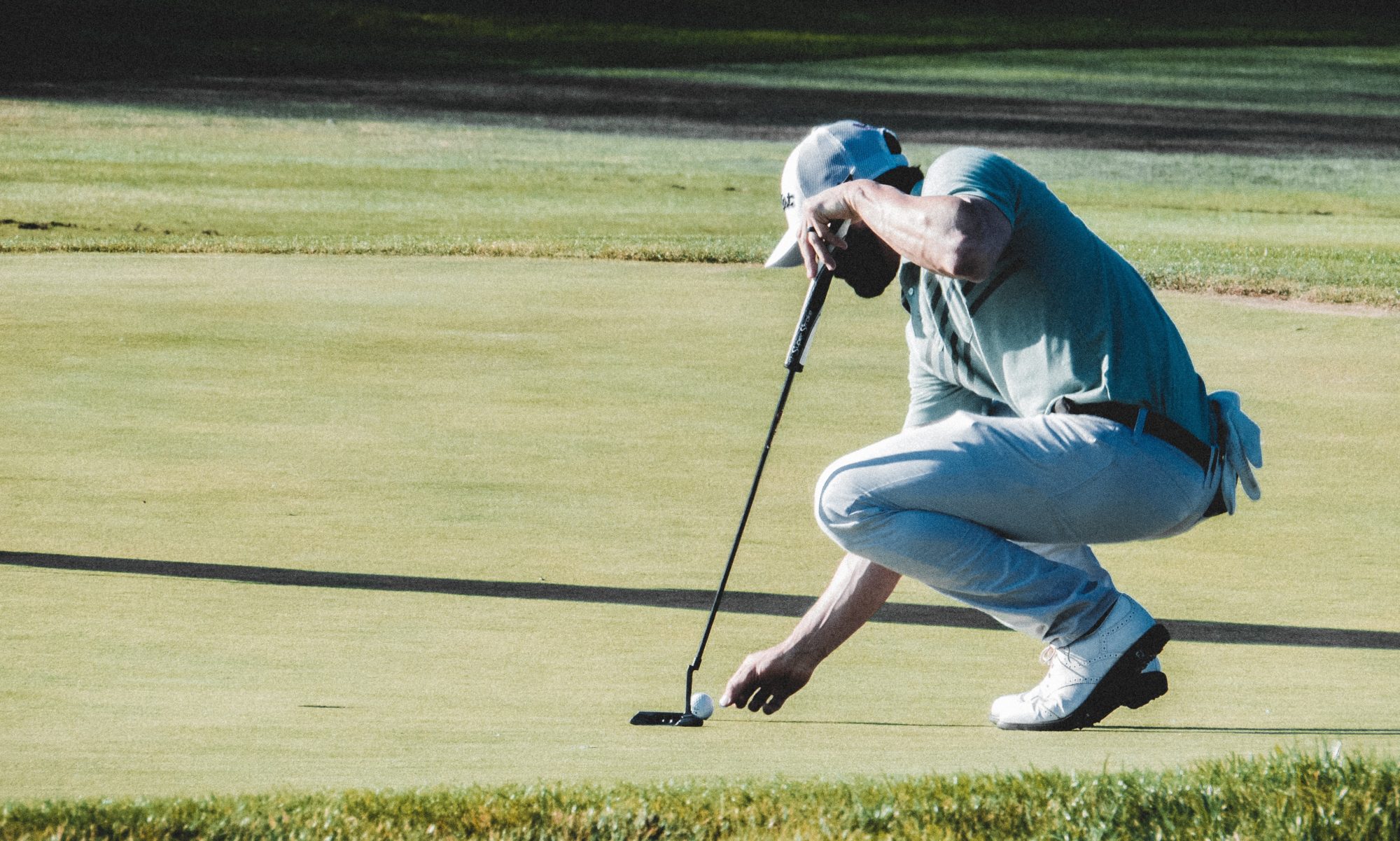Tips and instruction to learn proper fairway bunker shot technique.
By Kevin Cotter, PGA
The primary difference between a fairway bunker shot and a green side bunker shot is you strike the ball first then the sand in a fairway bunker. The angle of attack to the ball is also more shallow than that of a green side bunker, in a fairway bunker the clubhead travels somewhat level to the ground through impact.
Also, position the ball more towards the middle of your stance.
Plan on up to a 1/3 distance loss with fairway bunker shots, therefore you may have to take some extra club, but do make sure you still have enough loft to to clear the lip of the bunker.
Check out the video link below with PGA Professional Michael Breed demonstrating a key tip on how to position the right foot in the sand in an effort to stabilize the back leg during the swing minimizing lower body movement. You must emphasize movement of the upper body with fairway bunker shots and keep the lower body fairly quiet. This helps prevent your feet from pivoting/shifting in the sand during the swing.

Fairway Bunker Shots | PGA.com
Happy golfing!
















